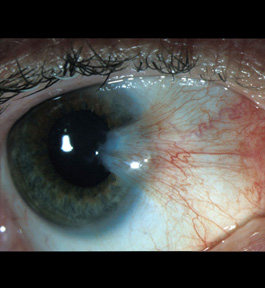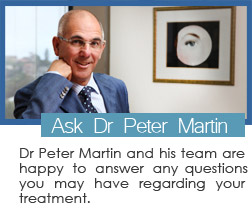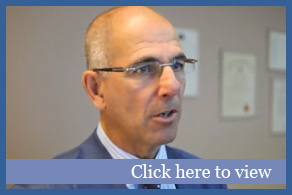
Pterygium
What is Pterygium?
A pterygium is a benign growth that develops on the surface of the eye and grows towards the cornea, then into the cornea if it is aggressive.
What causes Pterygium?
Pterygia are a consequence of sun damage (the harmful effects of ultraviolet light). They are common in tropical climates where people spend a great deal of time outdoors and are exposed to sunlight (such as in Australia).
What are the symptoms of Pterygium?
Pterygia are a source of irritation and redness, which can flare up from time to time. They can be a cosmetic problem and occasionally lead to blurry or distorted vision if they advance onto the cornea.
How are Pterygium treated?
 |
The majority of pterygia are inactive and can be treated with topical drops. Decongestant eye drops to make the eye appear less red and artificial tear drops to make the eye more comfortable when the pterygium flares up, can be used. If these are sufficient to maintain comfort and cosmesis then surgery is not indicated.
However, a small percentage of pterygia are more aggressive and advance onto the cornea. These can be uncosmetic and may require surgical management. The surgery is performed by Dr Martin under local anaesthesia with a light sedation (administered by a specialist anaesthetist) as a day procedure in Harley Place Day Surgery.
The pterygium is excised and a conjunctival graft is used in order to repair the area from which the pterygium has been removed. A graft is used to reduce the rate of recurrence of the pterygium and to achieve a cosmetic result as the area is replaced with healthier conjunctival tissue. If a conjunctival graft is used the recurrence rate is reduced to 5%.
What can I expect after surgery?
Your eye may be painful for the first day following surgery and taking an analgesic, such as Panadeine Forte, is recommended. It may be red and irritable for 3-4 weeks after surgery and eye drops must be used during this period. The eye may remain red for 3 weeks to 3 months. The use of sunglasses is recommended for the first 1-2 weeks post-operatively.
Dr Martin will need to see you approximately 1 week after the procedure and follow up appointments may be necessary.


